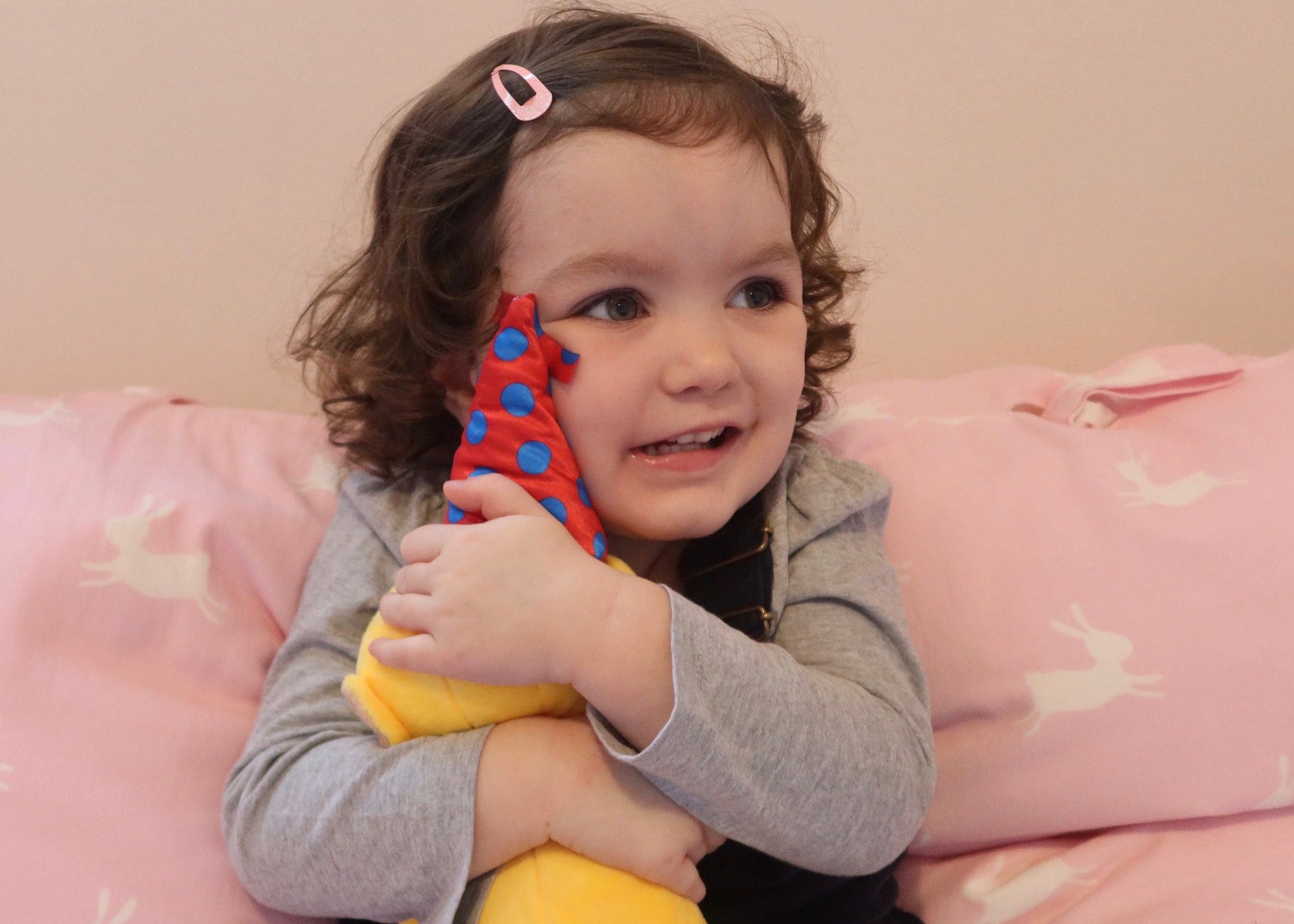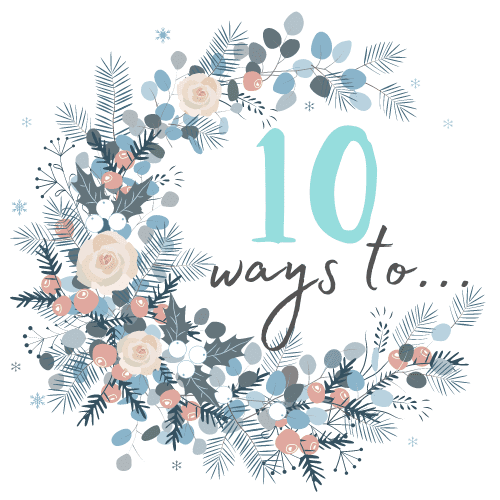
Guilt Free Screen Time with Teletubbies
#AD -This post is in collaboration with WildBrain
I absolutely love the preschool age – the age at which our babies start to transform into tiny little humans with their own unique personalities! As a Mum to two young daughters, I’ve watched in awe as their friendships start to form and their curiosity to learn new skills and make sense of the world around them starts to grow rapidly. As they get bigger, their communication skills start to improve by the day and they begin to learn those crucial social skills such as sharing their toys and the importance of taking in turns!
Entertaining pre-schoolers however doesn’t come without it’s challenges. My youngest’s energy levels are generally very high, those precious afternoon naps are long dropped and forgotten, and the constant need for regular mental stimulation can be pretty exhausting at times!
When it comes to screen time, tablet use and watching TV, parents and non parents alike all seem to have very strong opinions about whether or not our children should be using them. Is there any such thing as educational TV shows for kids? As a tech friendly family, and someone who embraces technology and the educational benefits it can bring, I have seen a huge range of opinions about the “right” amount of screen time for our children, with some of my friends limiting or preventing its use altogether.
As a parenting blogger, I have also seen the impact that scaremongering about TV time can have on parents, with many of us feeling guilty, judged or inadequate for allowing some quiet down time for our children using the TV or tablet; but it really doesn’t have to be this way! When it comes to finding educational TV shows for kids, there are lots of fab options to choose from!
Teletubbies – Fun, Educational TV Shows for Toddlers
Used correctly, I believe that screen time can be both entertaining and educational. As long as you are careful to monitor how much screen time your children are having and the format that it takes, choosing educational shows for kids so that they can still benefit from TV and tablet use, whilst maintaining healthy viewing habits with your parental supervision.
In order to be educational, it’s important to choose the right type of screen time you expose them to and I will use Teletubbies to demonstrate my point. Both my daughters have grown up as big fans of the Teletubbies, In the Night Garden and Twirlywoos, and whilst on the surface for parents programmes like Teletubbies may seem like a bit of light-hearted escapism and fun, these short 10 minute TV episodes are actually packed full of play, entertainment and learning.
I recently watched an episode of Teletubbies with my daughter Neve, and here are just a few of the educational and captivating areas of learning we discovered – you can see her adorable reactions to some of these in our video below:
- Increasing Understanding
When the Teletubbies first appear on screen, they are counted as they pop up from inside the hill – 1, 2, 3, 4. This repeated opening to the show can help encourage little ones to copy and learn the sequence, helping embed their understanding. Watching Teletubbies regularly with it’s repeated sequences can help improve their memory and retention of important skills such as counting and the alphabet.
2. Non Verbal Signals
Shows like the Teletubbies can help little ones gain an insight into non-verbal communication and body language. Through the characters’ movement and facial expressions, they will begin to understand how someone is feeling despite them not saying anything at all. The smiling happy baby at the beginning of Teletubbies is a great example – children will tend to smile back or respond to her when she appears on screen.
3. Showing Affection / Bonding with those around them
The Teletubbies are really close friends, and show affection towards each other by giving each other a “big hug”. Neve loves to watch this part of the programme and often replicates the motion of a big hug by reaching out for a cuddle with her teddy or big sister (whoever is closest!). This is a great way to help children bond with those around them.
4. Being Creative
Teletubbies is often full of music, songs and games, and gives Neve the freedom to respond to the music and move / copy the characters on screen. Neve nearly always tries to join in with the songs, and as they tend to repeat them multiple times in each episode, it gives her opportunity to learn and recognise the chorus and practice it herself. In this particular episode, the song is sang with different words on the same scale and tune, and by the end Neve was fully joining in (although her singing tone may need a bit of work bless her!)
5. Movement
The Teletubbies regularly encourage the child to get up off their chairs and move, copying or replicating the actions they see on screen. On days where Storm Ciara or other extreme weather conditions may have restricted our ability to get up and play outside, these type of behaviours ensure that TV viewing isn’t a sedentary activity.
6. Confidence / Finding their voice
With lots of new words and sounds, the Teletubbies encourages children to repeat and practice saying words and phrases, either by covering the same sentence multiple times or by encouraging them to join in and play along, answering questions or spotting things on screen. Helping children to find their voice is a great way to develop speech and encourage interaction and two way communication.
7. Exploring / Using their Imagination
Each Teletubbies episode takes the characters on a mini adventure and for pre-schoolers, this can be a great way to encourage a dialogue about what might happen next, or discuss what happened once the episode has finished. Talking through with a parent or even a sibling about what they have seen and encouraging conversation can actually help embed the learning and create a more valuable viewing experience.
Neve loves trying to predict which of the four Teletubbies turn it will be as their antennas glow in turn before one character is selected and we visit their tummy TV!
8. Laughter
Most importantly of all – Teletubbies is funny and engaging, and provides opportunities to giggle and laugh together. From a parents perspective, it can be challenging to entertain your child fully 24/7, especially in the Winter months, so having some familiar and friendly characters and role models who can help along the way is a huge benefit!
9 – Exposure to a range of topics
Teletubbies episodes cover a wide range of topics, with the characters meeting lots of different people from all walks of life. This exposure to a diverse range of subject matters increases your child’s overall understanding of the world around them. This particular episode we watched visited a sign language choir – and was a great way to open Neve’s eyes to other forms of communication that exist.
10 – Inspiration for Activities
We love craft in this house, and watching shows like The Teletubbies, In the Night Garden and Twirlywoos can often be some great inspiration for craft and “make at home” activities such as our Twirlywoos Big Red Boat Activity or a Teletubbies Playdate. I like to chat with Neve about making our own things based on what we have seen during the episode and she normally gets pretty excited, using the characters to motivate her.
I hope this has given you some insight into just how you can watch TV with your pre-schoolers without the guilt. With the right choices, and the right level of parental support, I think TV is a hugely beneficial part of my girls’ childhood. I also won’t say no to a CBeebies bedtime story (especially when Tom Hardy is reading) although that is for completely different reasons – we can’t let the children have all the fun now can we?
What are your views on TV time with your kids? What are your favourite educational TV shows for kids? I’d love to hear them!










